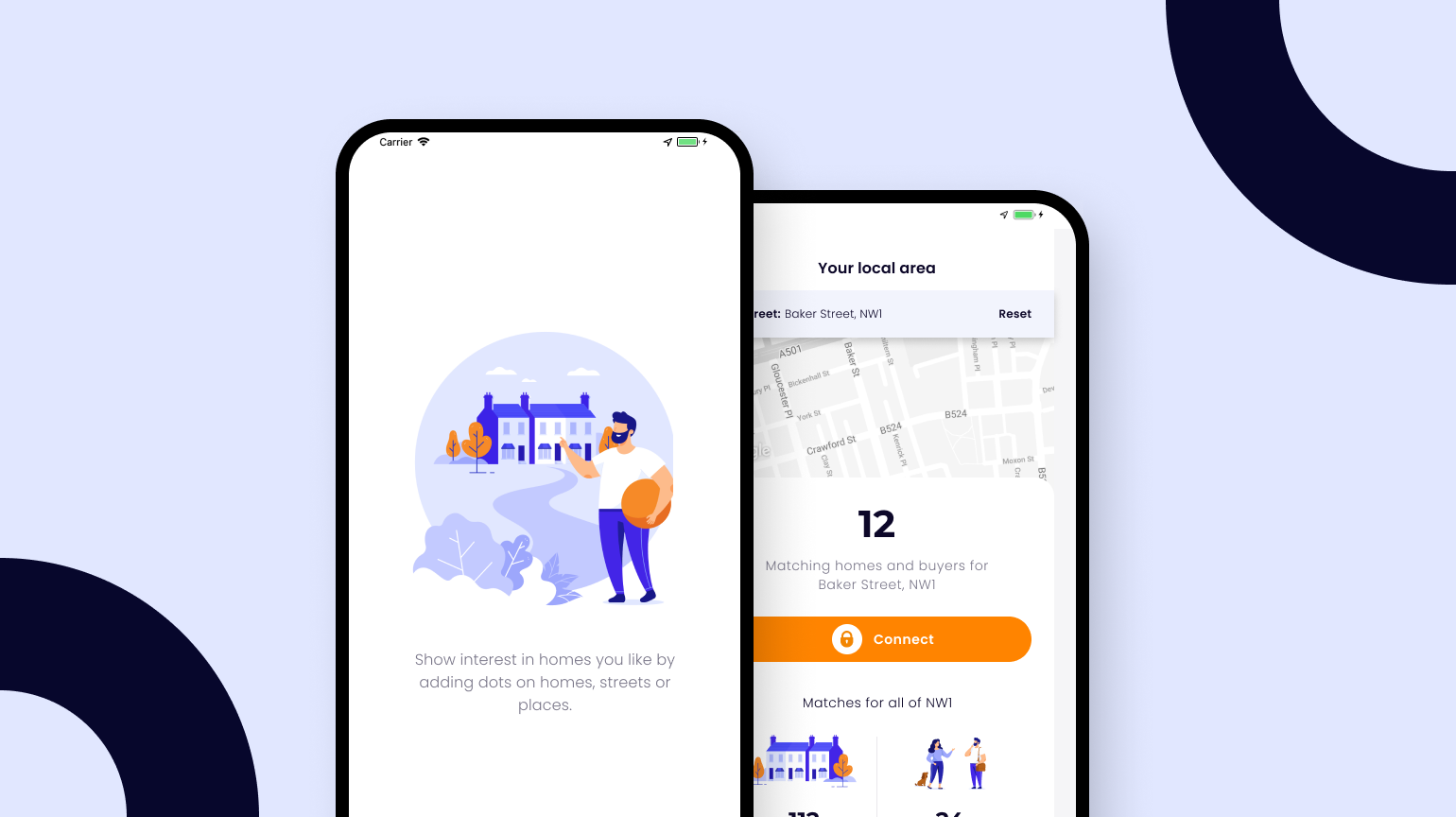Going digital
What does digital transformation mean for business?
Digital transformation is a blanket term. It covers all of the different ways that digital technologies can be used to change how things are done in your organization. It can mean a lot of specific things:
▸ Switching from email to an internal social media platform,
▸ Introducing tracking devices and software to manage your vehicle fleet,
▸ Implementing a personalization system to recommend products to your customers,
▸ Switching from legacy on-premise infrastructure to cloud computing.
And yes, we know – it's such an annoying term. It’s confusing, and it sounds like a Jordan Belfort-esque sales pitch. It’s never clear if it’s done by software engineers, or by some sort of wizard that optimizes your business with the flick of a wand. We can’t speak for anyone else, but we definitely prefer engineering to wizardry.
Let robots do the tedious work

Data analysis
From managing your fleet to predicting demand for products, data opens up new ways to optimize your operations.

Automation
Paperwork, payroll management, tax files, hiring and on-boarding new employees – automate any process that eats up work hours without contributing to ROI.

Customer love
Customers are more demanding than ever, and you can keep them satisfied with a wide range of digital tools.

Why should you care about Digital Transformation?
It’s not a one-time project, but a continuous cultural evolution
Areas of Digital Transformation
The opportunities are endless, and keep growing all the time as technology evolves at break-neck speed. Managers transform their business operations by taking advantage of:
-
- Web and mobile applications – ecommerce stores, transactional apps, resource management tools, customer relationship management software
- Cloud services – scalable servers and computing power, endless services that provide different types of technology on-demand
- Big Data – tools to collect, store, manage, and analyze huge amounts of data
- Internet of Things – sensors, automatic switches, trackers, point-of-sale devices
- AI and Machine Learning – recommendation and personalization systems, prediction systems, automation of tedious processes
Digital is not revolutionary anymore
Most industry marketers will try to convince you that digital transformation is an innovative, revolutionary new way to run your business and make more profits. It’s not that simple, and this kind of thinking can lead to a failed transformation.
It’s actually a very organic consequence of how digital technology evolves over time. Machines, software, and networks are getting more powerful, more reliable and easier to use. It only makes sense to use this to your advantage.
To put the process of digital transformation in motion, you don’t need to perform any rigorous analysis at first. It all starts with observation and discussion. Look at what takes up a lot of time for your employees. Ask them about the most tedious parts of their work, or areas where they see room for improvement. Get advice from smart, trusted digital experts.
Above all, don’t rush into overhyped technologies because some expert wrote an article about how companies will fail if they don’t adopt the coolest new tech.
When business and technology meet
Everyone knows that there’s value in technology. It’s not always clear how to unlock that value. When business needs collide with technological capabilities, it can have a wide range of consequences. How do you increase your chances of a positive outcome?
→ Educate and train
Everyone, every day, spends at least some of their time in the digital realm. It doesn’t mean that we all have the same level of digital literacy. Generation Z workers might not be accustomed to using email. Gen X’ers might prefer email over Slack. There are a lot of small differences like this among people who work in your organization.
If you’re introducing new tools and standards, you might face pushback because it’s hard to change people’s habits. You can solve this by launching training programs and educational materials to help everyone get up to speed.
→ Sell your team (or customers) on your project
Not everyone is an early adopter of technology, always eager to try out the new apps and devices. Especially when it means a large investment and time commitment to introduce company-wide change.
If you’re the one who’s driving this change, you need to be ready to provide proof to support the viability of your project.
→ Ensure smooth onboarding
How did half of the world’s population end up on Facebook? They weren’t the first to build a social media platform, yet they ate up most of the market.
Part of their success was that they were very smart about onboarding new users. Growth marketers at Facebook found out that if they instantly connected you with several people you knew, you’d instantly see the value of Facebook and stay on it. That’s the power of a great onboarding experience when it comes to digital technology.
Transformation doesn’t have to mean disruption
When Uber disrupted the taxi market, the whole world shook from the anger it caused among old-school taxi drivers. Understandably so - their jobs used to be relatively secure, and now they were suddenly faced with competition from anybody with a car and a smartphone.
That’s digital transformation on a global scale. But conflicts like these can also happen when it comes to transformation within a company. So, an important thing to keep in mind throughout this process is that technology is meant to simplify things. It’s not hard to build overly complicated systems with unnecessary features. The real challenge is to build systems that perfectly fit the business need, in a way that empowers your employees.
Project Completed
Talents on Board
Countries We Work With
Years in Business

Homedot: Disruptive Real Estate App
Discontinued app for the British real estate market. Homedot tried to disrupt the market for home buyers and real estate sellers.

Cats and Dogs: The Weather App
A weather app with a twist! Based on the designs provided by the client, we developed a mobile app that is both useful and entertaining.
Got questions?
What industries do we have experience with?
Over the past few years, we've designed and developed custom solutions software for a diverse range of industries. These include healthcare, automotive, manufacturing, e-commerce, retail, travel, transportation, real estate, FMCG, education, fitness, lifestyle, and more. We have experience collaborating with startups, SaaS companies, and enterprise-level organizations. You can find examples of our work in our portfolio.
Can we take over a project developed by another company?
Absolutely! We're more than willing to take on such projects. However, our initial step would involve analyzing the project in order to provide you with recommendations on how to proceed. We are open to embracing such challenges, especially when it comes to implementing custom solutions.
Do we work with NDAs?
Yes, we work with NDAs. We maintain professionalism and uphold the confidentiality of our collaboration. If you need to safeguard the information you provide us for the purpose of creating a product, we are here to help. Additionally, our software development team ensures a secure and efficient process.
What is our tech stack?
We tailor the technology stack for each project, taking into account factors such as performance, security, efficiency, and scalability. Our software solutions are built upon the latest and most advanced frameworks and technologies available. The key technologies we use are: Microsoft .NET, .NET Core, Azure Cloud, Angular, React, Node.js, JavaScript, TypeScript, Java, Kotlin, Swift, and Xamarin. At a broader level, our systems are rooted in a microservices architecture, utilizing Docker containers and Kubernetes clusters.
 More services
More services







 Angry Nerds (Poland)
Angry Nerds (Poland) Angry Nerds (USA)
Angry Nerds (USA) Angry Nerds (Canada)
Angry Nerds (Canada)



